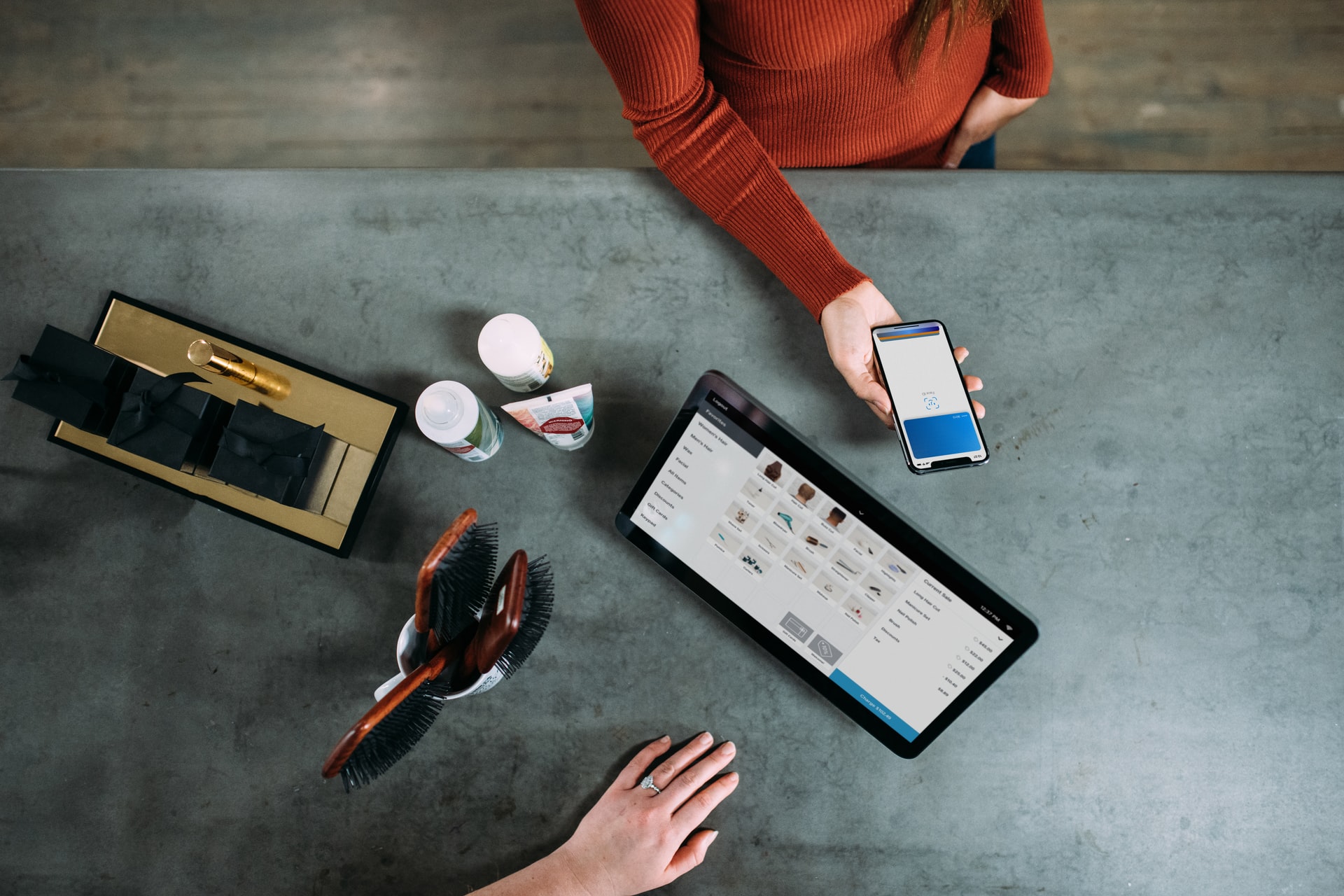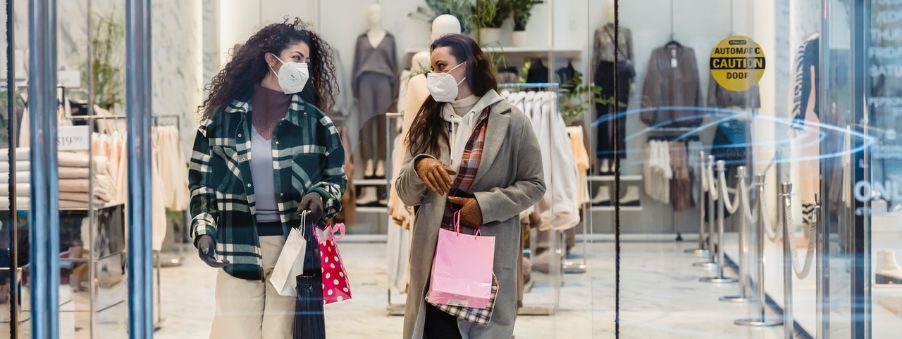Generation Z, also known as Zoomers, are young people born between the mid-to-late 1990s and the early 2010s (approximately aged between 14-21). Gen Zers, dubbed 'digital natives', grew up with the internet, and it would be difficult for them to imagine a world without it. To understand how Generation Z shops, it is critical for retailers to understand what they really want.
This article explores the ways retailers can leverage technology to appeal to Generation Z, to enhance their shopping experience and maximise sales.
Mobile is a Crucial Consideration
To understand Generation Z, retailers need to realise how much they use smartphones. Gen Zers use them to compare prices, styles, availability, and reviews of products to make an informed purchase. Therefore, retailers’ websites must be optimised for mobile as standard, because if they’re not, potential customers will navigate towards competitor sites that are.
Catering to Generation Z’s online expectations is crucial for retailers because young people respond well to, and take part in, word-of-mouth. Gen Zers are likely to contribute to consumer-generated content for brands by posting comments online, and by seeking out interactions with brand representatives. They often submit online reviews, which in turn encourages others to make a purchase. In this way, Gen Zers are unofficial brand ambassadors in the way that they promote the brand by sharing relevant content via social media channels.

The In-store Experience is Important
A common misconception of Gen Zers is that because they’re tech-savvy, they don’t shop in physical stores, but that is far from the truth. The high street is not dead for Gen Zers, with 58% of respondents to a Retail Assist survey choosing it as their favourite method of shopping.
Although their research is conducted on mobile devices, Generation Z do enjoy visiting brick-and-mortar stores as a social activity, waiting until they have composed a list of wants before hitting the shops with friends.
Retailers must understand that technology is the driving force behind Generation Z’s shopping experience. They still prefer to shop in-store versus online, but they want the stores to be up to date in terms of technology. An established social media presence should complement touch screens in physical stores if retailers want to keep valuable Gen Z customers engaged with their brands.
Gen Zers Love the Omnichannel Experience
Generation Z is comfortable with engaging across many channels. Wherever they shop, they expect to see technology used across various channels to enhance their shopping experience. They want convenience, added value, and high-quality customer service. They want to be able to find what they’re looking for quickly, and having different ways to pay is important to them. Technology adds value to the retail experience in all these areas, and enables brands to engage customers across multiple channels, which helps to keep them relevant and ensures their survival.
It’s ironic how the instant gratification that Generation Z has become used to because of the internet isn’t completely sustainable from their mobile devices when it comes to shopping. They’re comfortable shopping online, but still prefer to shop in-store instead of waiting for their orders to be delivered. The trend of purchasing online but picking the product up in-store is becoming increasingly popular with this group, which is why the Click and Collect service is such an important part of retailers’ business models.
Retailers need to prioritise the development of both online and offline shopping experiences by appealing to Generation Z’s dependence on technology and their view of shopping as a social activity. To succeed, brick-and-mortar stores should promote a tech-savvy atmosphere, whereas, in the online realm, websites should interact with and promote user-generated content to provide a seamless shopping experience across the typical Gen Zers various devices.

Customisation is Key
Generation Z approaches the purchasing process with a much more collaborative viewpoint than many other generations. Many would like to see brands using technology that enabled consumers to customize products for themselves, and they value tools that enable products to be tried out, or on, in-store. They are also looking for brands to use more interactive screens to enable them to go online while in-store.
Generation Z customers are drawn to brands with whom they have a personal and emotional connection. Merchandising has long been part of a strategy that relied on emotional appeal, but new technology enables retailers to take this to a new level by customizing the individual customer’s journey. Customisation, driven by technological advances, increases a brand’s relevance, value, and the trust that customers place in them. The modern retailer will only prosper if they have a solid customisation strategy in place that makes their customers feel that their unique needs are at the heart of every transaction.
A Lucrative Market
It’s imperative that retailers understand how important it is for them to appeal to members of Generation Z. They have buying power and a disruptive influence which makes them one of the most lucrative markets to target. They’re conscious of price and connected to their surroundings because of technology and social media. When they buy something, they want it now, and they have a wealth of information at their fingertips which influences their purchasing decisions.
If brands can get to grips with what this generation wants and develop their technology and retail channels to give it to them, they will be able to secure the loyalty and custom of an influential part of the market.
RMS is one of the leading providers of merchandising and retail support services in the UK and Ireland. By utilising a nationwide workforce of skilled, flexible merchandisers, supported by flex, our state-of-the-art resource management system, we deploy teams of staff to support retailers across the country.
